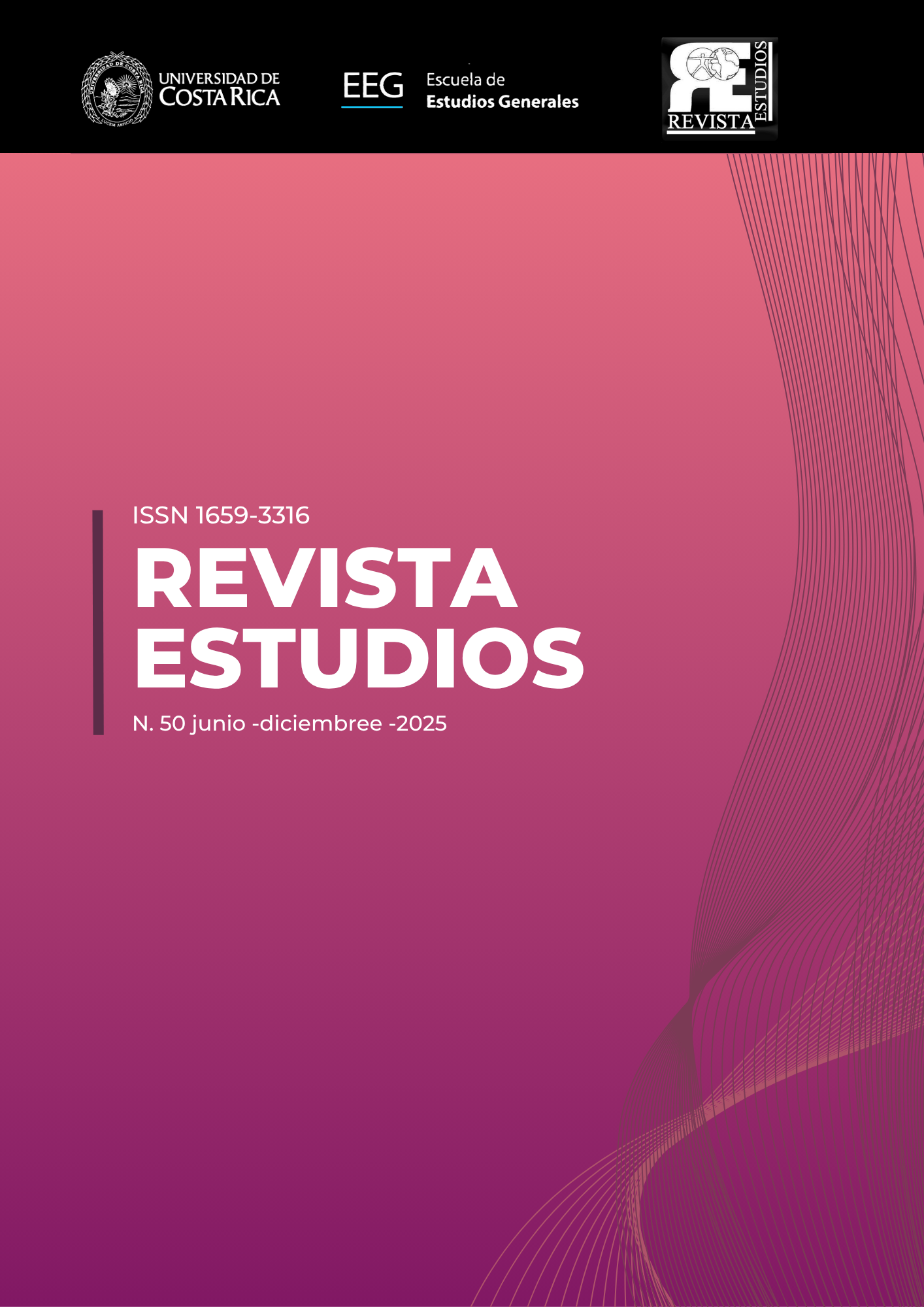Diversified Strategies as Tools in the Meaningful Teaching of Interactive Design at the Undergraduate Level
DOI:
https://doi.org/10.15517/8py47q78Keywords:
social inclusion, computer application, learning, innovationAbstract
Diversified strategies make it possible to understand and address the different ways in which each person perceives the world and constructs knowledge in a meaningful way. Therefore, those who work in education, at any level, should be actively involved in creating more inclusive learning environments that encourage the participation of students with diverse learning styles, conditions and forms of neurodivergence.The objective of this research is to reflect on the benefits of implementing two diversified strategies - Agendas and Stations - in the classroom, in order to promote inclusive pedagogical practices that address the diversity of the student body. For this purpose, a qualitative approach methodology with case study design was used, taking as analysis group 45 second semester students of the Bachelor's Degree in Design, Art and Interactive Technologies, within the training unit Principles of Interactive Design at the University of Guadalajara, Mexico. Through participatory observation, records of experiences and analysis of the results of the activities implemented, the positive effects of these strategies on motivation, active participation, and adaptation to different learning styles were identified.
Downloads
Downloads
Published
Issue
Section
License
Copyright (c) 2025 Gabriel Orozco-Grover y Adriana Cristina Guzmán Ledesma

This work is licensed under a Creative Commons Attribution-NonCommercial-ShareAlike 4.0 International License.
La revista Estudios es una publicación sin afán de lucro, por lo que no cobra ningún monto económico por la recepción, gestión y publicación de ninguna de las postulaciones.
Las personas que publiquen sus trabajos en esta revista deben completar y firmar la Carta de Autorización de Derechos de Autoría. Con la firma este documento las personas autoras conservan los derechos de autoría. Asimismo, ceden el derecho a la primera publicación bajo la licencia Creative Commons Atribución – No Comercial - Compatitr Igual 4.0 Internacional, la cual permite el uso no comercial, el compartir y crear a partir del trabajo, con el debido reconocimiento de la autoría.






